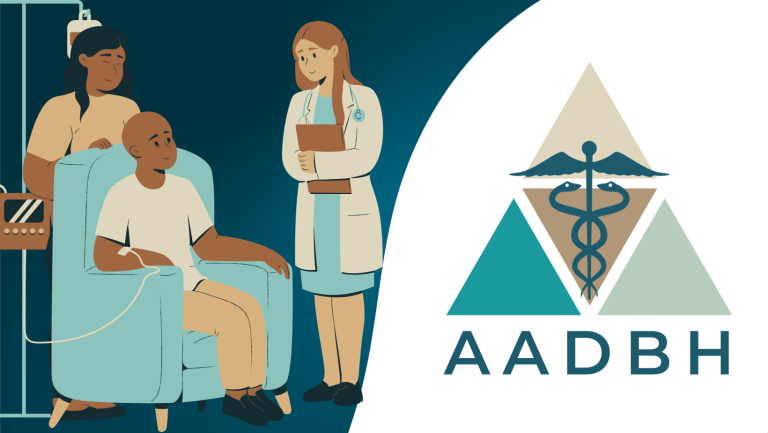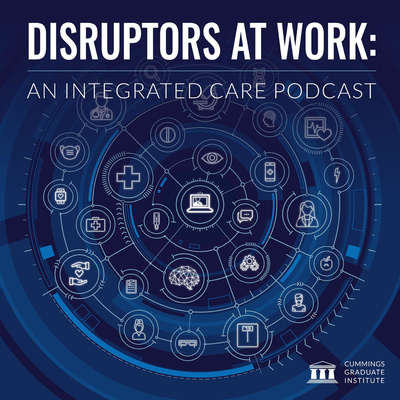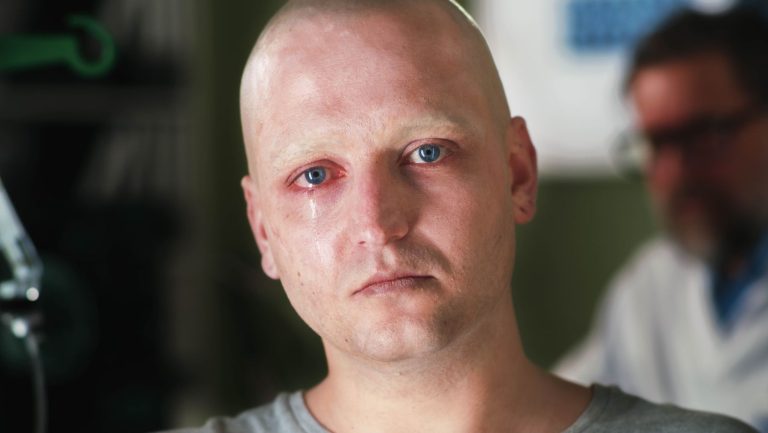Dive into the role of behavioral health interventions in oncology, addressing emotional and psychological challenges of a cancer diagnosis.
Category: Improved Care
How to use Cognitive Behavioral Therapy in Chronic Disease Management
Cognitive Behavioral Therapy (CBT), have proven to be pivotal in helping patients manage their conditions effectively.
An Insightful Look at AADBH and it’s Future: A Discussion with the AADBH President and CGI
Listen to the podcast with Dr. Gray and CGI about the aspirations and trajectory for the AADBH and it’s future.
AADBH Participation in the CGI Integrated Health Conference
We are happy to announce that the AADBH is participating with the Cummings Graduate Institute’s Integrated Health Conference.
Psychophysiologic Disorders: A Core Competence for a DBH
Did you know that one in six adults and 35-40% of primary care patients suffer from medically unexplained symptoms? For example, some suffer from chronic functional syndromes (irritable bowel, fibromyalgia and many others) or psychosocial factors linked to chronic pain?…
A Message from the Board of Directors Regarding Recent Violence
It is with utmost consideration and regard to the recent inexcusable acts that took so many innocent lives at Robb Elementary School shooting that the American Association of Doctors of Behavioral Health (AADBH) offers its condolences. We are deeply saddened…
Counseling in the Aging Population
Geriatric counseling, also known as gerontological counseling, helps individuals and families with the unique challenges that relate to the aging process. This process is not always easy and there are times when outside individuals can help iron out the many…
Preventing Re-Traumatizing Victimized Patients Within The Medical Industry
Maleficence in Treatment: Dismissing Patients When They Need Providers Most Adults who have had adverse childhood experiences (ACEs) or are victims of violent crime are often in physiological pain (Clarke, Schubiner, Clark-Smith & Abbass, 2019) have a need for trauma…







